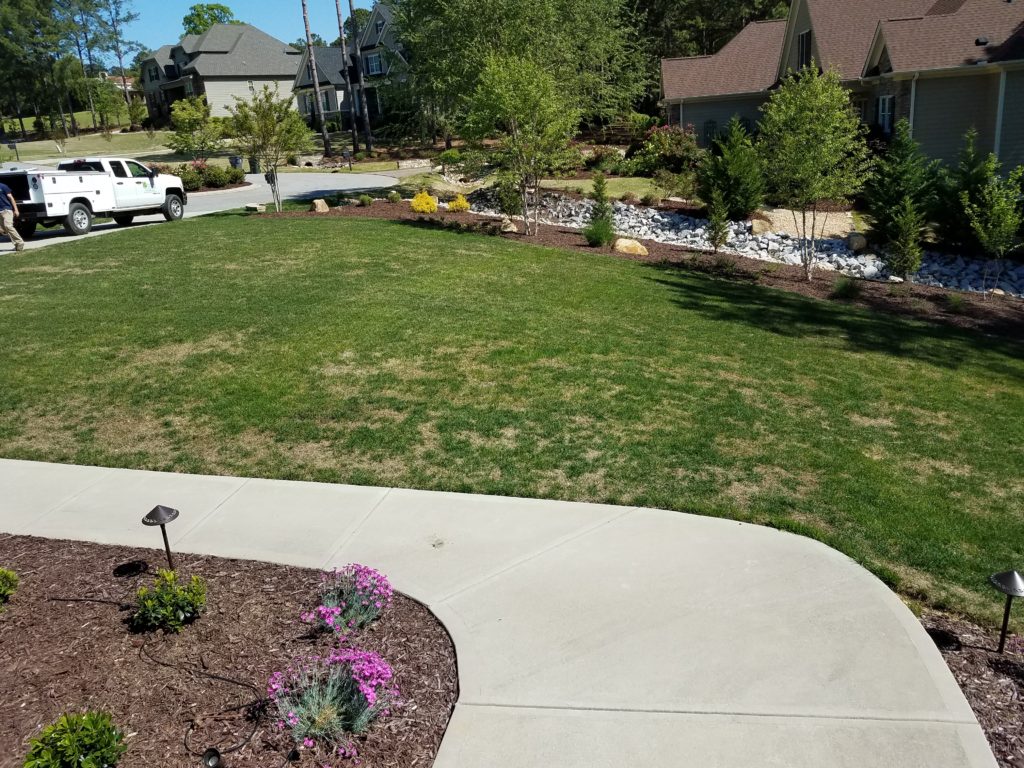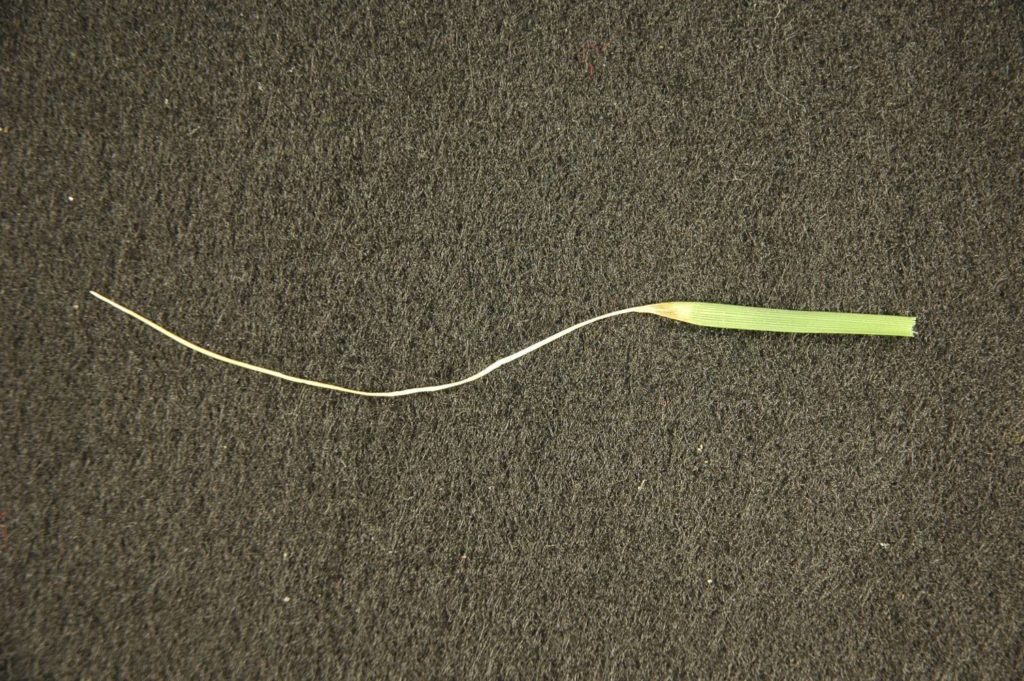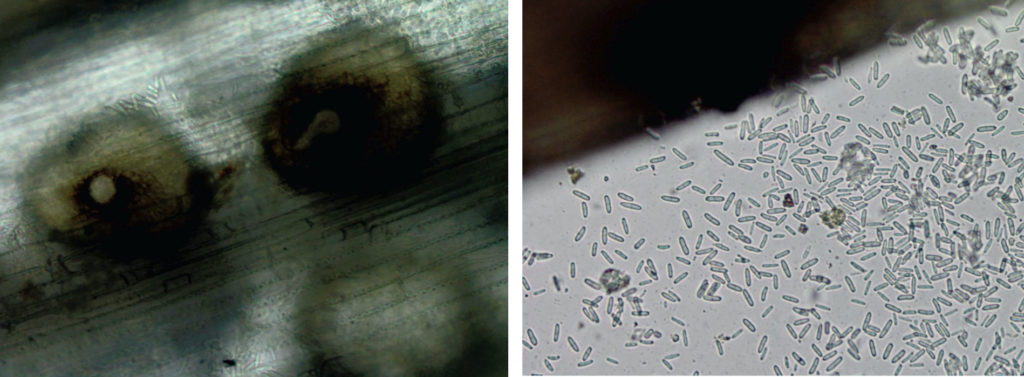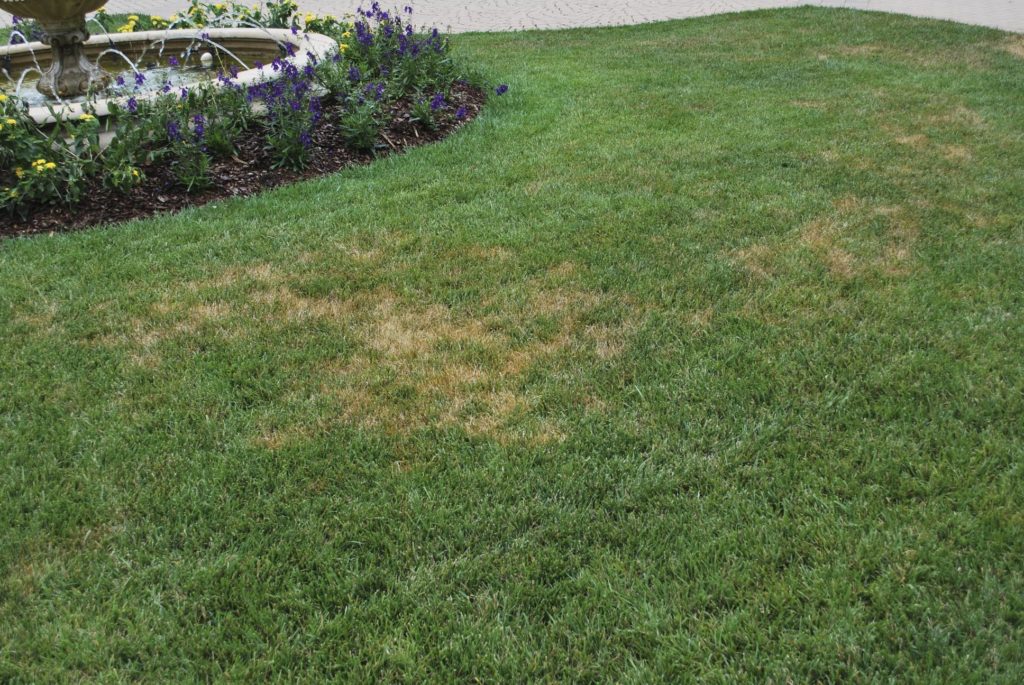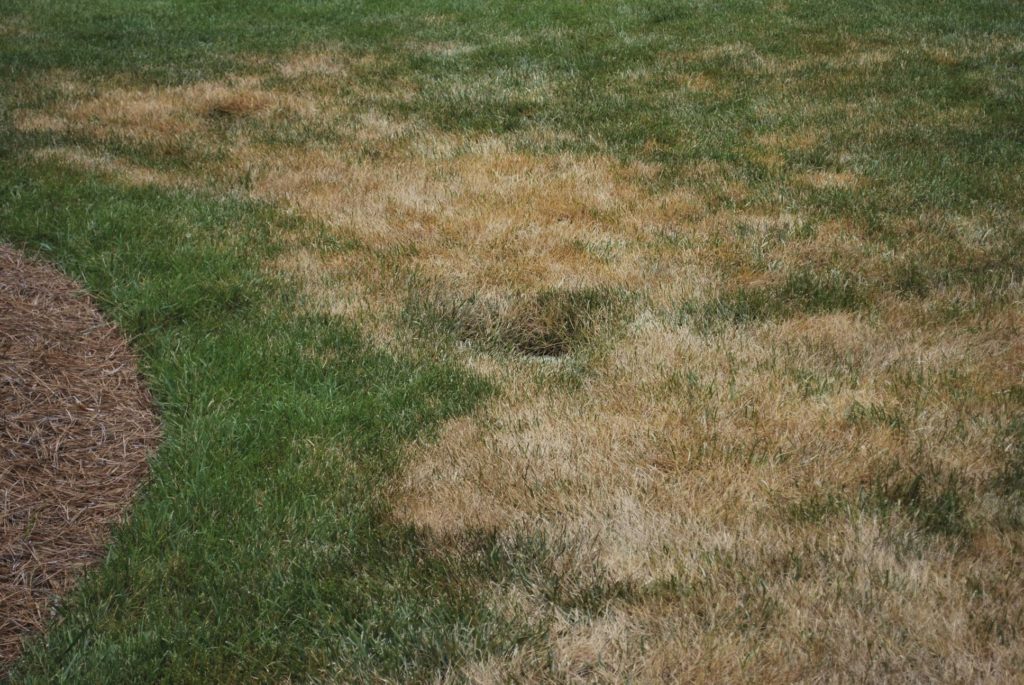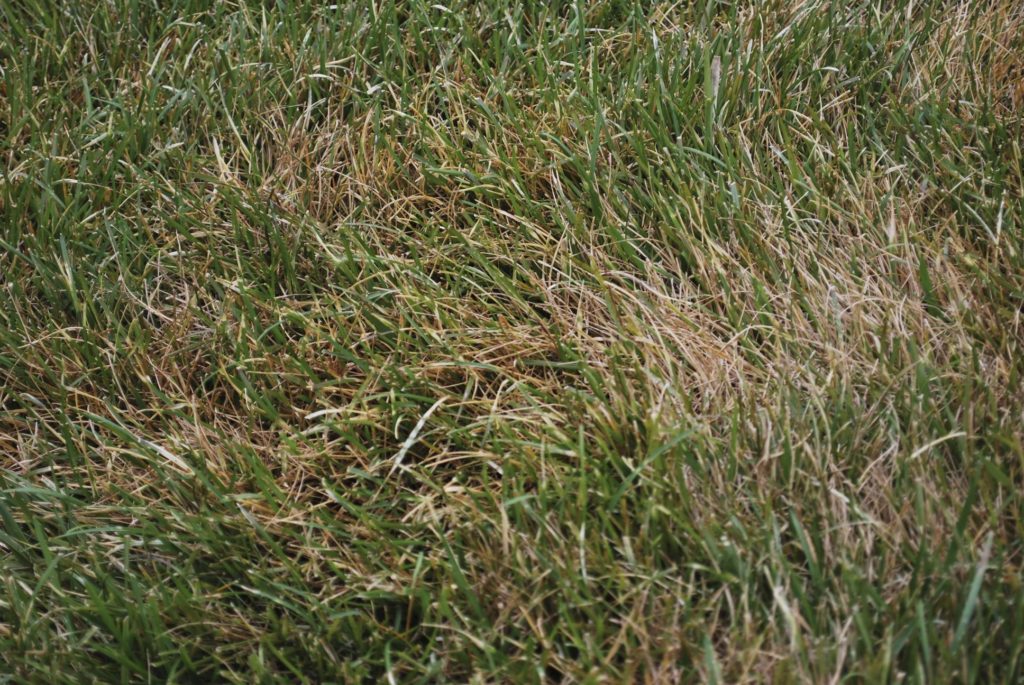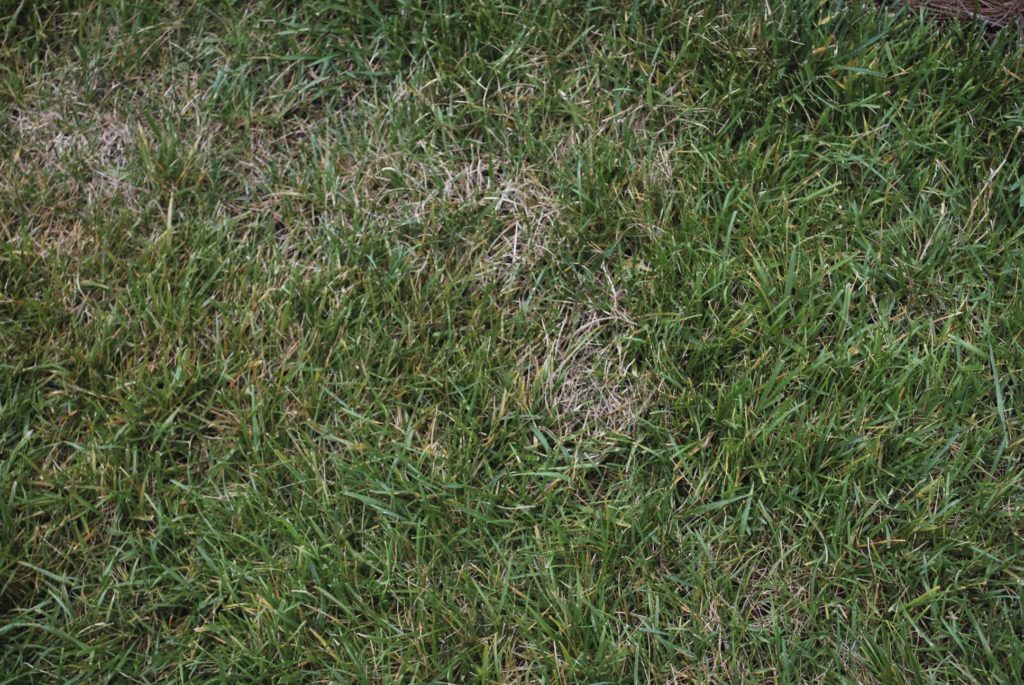Ascochyta Leaf Blight – Uncommon & Sometimes Devastating
go.ncsu.edu/readext?677545
en Español / em Português
El inglés es el idioma de control de esta página. En la medida en que haya algún conflicto entre la traducción al inglés y la traducción, el inglés prevalece.
Al hacer clic en el enlace de traducción se activa un servicio de traducción gratuito para convertir la página al español. Al igual que con cualquier traducción por Internet, la conversión no es sensible al contexto y puede que no traduzca el texto en su significado original. NC State Extension no garantiza la exactitud del texto traducido. Por favor, tenga en cuenta que algunas aplicaciones y/o servicios pueden no funcionar como se espera cuando se traducen.
Português
Inglês é o idioma de controle desta página. Na medida que haja algum conflito entre o texto original em Inglês e a tradução, o Inglês prevalece.
Ao clicar no link de tradução, um serviço gratuito de tradução será ativado para converter a página para o Português. Como em qualquer tradução pela internet, a conversão não é sensivel ao contexto e pode não ocorrer a tradução para o significado orginal. O serviço de Extensão da Carolina do Norte (NC State Extension) não garante a exatidão do texto traduzido. Por favor, observe que algumas funções ou serviços podem não funcionar como esperado após a tradução.
English
English is the controlling language of this page. To the extent there is any conflict between the English text and the translation, English controls.
Clicking on the translation link activates a free translation service to convert the page to Spanish. As with any Internet translation, the conversion is not context-sensitive and may not translate the text to its original meaning. NC State Extension does not guarantee the accuracy of the translated text. Please note that some applications and/or services may not function as expected when translated.
Collapse ▲Asco what?! That’s the immediate response I get from turfgrass managers when I tell them I just diagnosed their damaged tall fescue sample as Ascochyta leaf blight. Even though we don’t see this disease with the same frequency as brown patch, Pythium blight, or gray leaf spot in tall fescue, it demands respect in the world of turfgrass pathology. We typically diagnose a few cases of this disease every spring in North Carolina and have already confirmed a few positive sites within the past week. This might be the disease you’ve overlooked in past springs and is worth learning more about if you want to improve your management skills of tall fescue.
Ascochyta leaf blight is caused by nearly 80 different species of Ascochyta. This fungus has been documented on many turfgrasses, but more common on tall fescue, Kentucky bluegrass, and perennial ryegrass. As the name implies, the primary symptom is blighted leaves. The pathogen only attacks the foliage; therefore, damage is seldom permanent and recovery is quick under favorable growing conditions. As seen in Figure 1, stand symptoms may rapidly encompass large areas of uniformly blighted, straw colored turf. Individual leaves typically start dying from the tip back and bleached lesions may eventually develop along the entire leaf blade. The leaves will often appear shriveled and pointy, as seen in Figure 2. If you look closely with a hand lens at the affected portion of the leaf blade, you will see brownish, red, or black pycnidia (Figure 3). Pycnidia are the fruiting bodies that produce conidia (spores) for this fungus.
This fungus survives, like similar pathogens in turf, as mycelium and pycnidia in host debris. Conidia are typically released during wet periods, i.e. spring rains. This fungus will take advantage of freshly cut grass and even though mowing creates wounds for many fungi to enter, you shouldn’t stop mowing because of this disease. Even though the epidemiology of this disease is not well understood, it seems most severe during extreme weather changes like what we’ve experienced lately here in North Carolina where one day it’s 78 and sunny and the next it might be 50 and rainy.
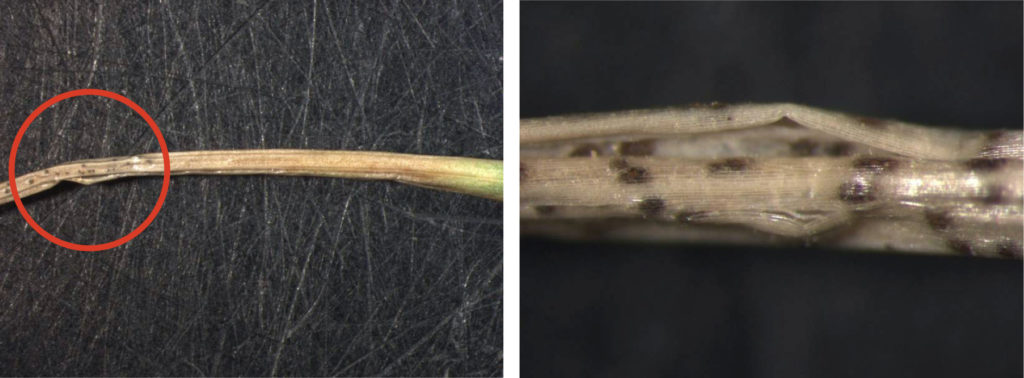
Figure 3 – Signs of Ascochyta leaf blight include pycnidia (fruiting bodies) that contain conidia (spores) along the blighted blade.
In general, this is not a severe disease of tall fescue. However, if conditions are favorable, damage can become quite alarming and unsightly as seen in the photos. Fungicides are rarely recommended due to the high potential for rapid recovery during the spring when tall fescue grows best. This may take several weeks if the damage is extreme, but stands often recover. If you are managing a lawn with a known history or current outbreak, it’s best to mow the lawn with sharp blades at the correct height when the canopy is dry to minimize spread. Be sure to water deep and infrequently only when needed to prevent drought stress. Finally, be sure fertility is adequate and avoid excessive (nothing greater than 1 lb. N/M) applications of nitrogen fertilizer. There is limited information on fungicides, but it seems like most QoIs and DMIs would be effective against this fungus.
For more information about tall fescue management, please visit the link below –
Tall Fescue Maintenance Calendar
More Photos –



